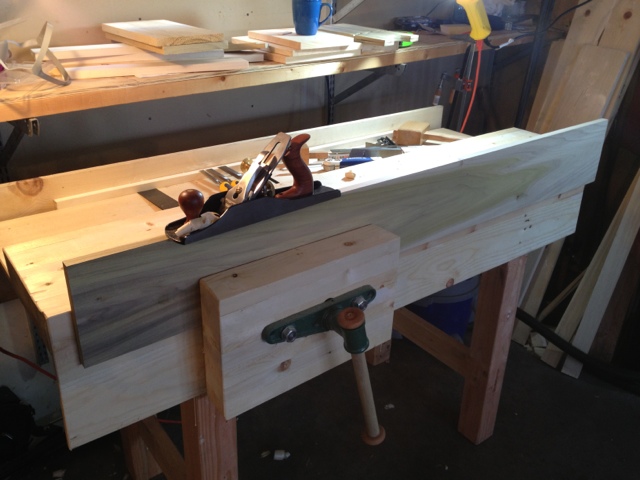I am by no means skilled at cabinets or carpentry, but having a little basic knowledge can go a long way. Our cabinet hinge broke and interestingly you can see that the bottom screw was in a knot. So basically the knot cracked out and took the hinge with it. Having started with this new hobby and reading as much as I could, this provided me with more options for fixing it such as moving the hinge. While some of you may find this sort of obvious, I was excited to try it instead of the various ideas of cutting away a small cube and gluing and re-mounting in the same place. And as a bonus, I had a reason to buy a Forstner bit.

This was done by hand without a drill press (but using a cordless drill, I don't have a brace yet) and though I read some people's concerns about using a Forstner bit >1" by hand, I would say with a 2 speed drill on low, it was no problem. I started with a practice run on pine to see how it handled. No skating, went right where I wanted. I would argue that the oak was a little more forgiving because it goes so slowly in the harder wood.

Now, I am compulsive so I pre sharpened the bit because it seems that all new tools really aren't ready for use out of the box :) so maybe that made it easier. Staying vertical wasn't really a problem and the depth comes so slowly that you can stop and check to make sure. It may have helped that it was 9 F outside and the garage was pretty cold, so keeping the bit from getting hot was pretty easy (unfinished workbench underneath)
A few adjustments and we have a nice equal hang. These "Euro hinges" are easy to adjust, to quote someone else I saw on woodworking forum, "you almost can't screw it up"







































